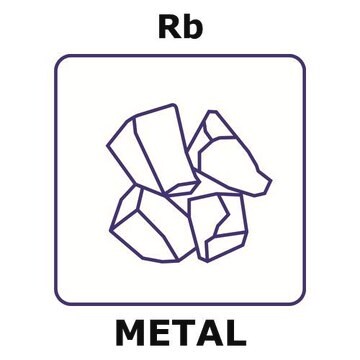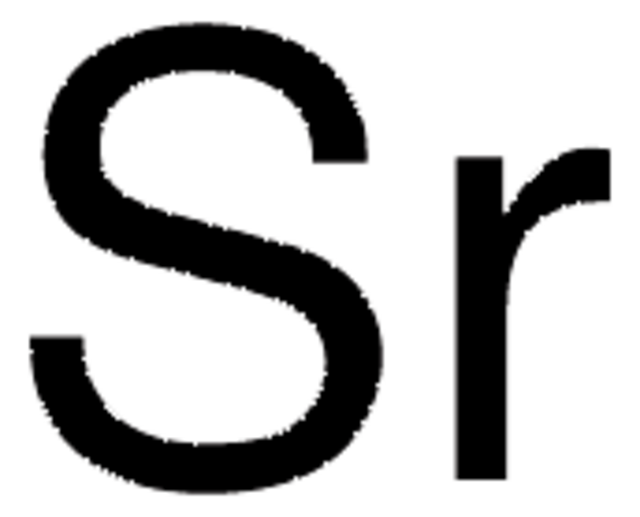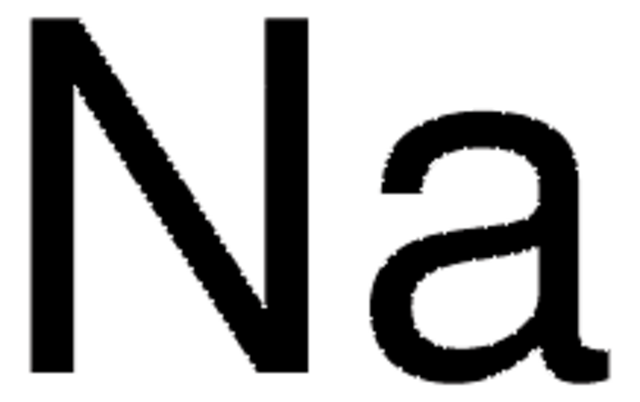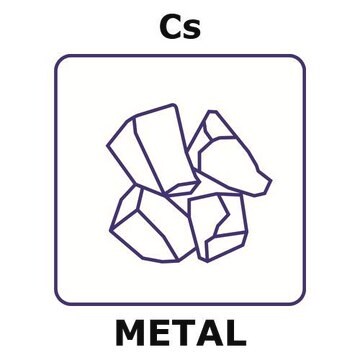About This Item
Recommended Products
Quality Level
assay
99.6% trace metals basis
form
ingot
reaction suitability
reagent type: reductant
packaging
pkg of Packaged in: Breakseal Ampule
resistivity
11.0 μΩ-cm, 20°C
impurities
0.2-0.4% Cs
bp
686 °C (lit.)
mp
38-39 °C (lit.)
density
1.53 g/mL at 25 °C (lit.)
SMILES string
[Rb]
InChI
1S/Rb
InChI key
IGLNJRXAVVLDKE-UHFFFAOYSA-N
Looking for similar products? Visit Product Comparison Guide
General description
Application
It can also be used as a reducing agent to synthesize reduced polycyclic aromatic hydrocarbons.
signalword
Danger
hcodes
Hazard Classifications
Eye Dam. 1 - Skin Corr. 1B - Water-react 1
supp_hazards
Storage Class
4.3 - Hazardous materials which set free flammable gases upon contact with water
wgk_germany
WGK 3
flash_point_f
Not applicable
flash_point_c
Not applicable
ppe
Eyeshields, Faceshields, Gloves, type P3 (EN 143) respirator cartridges
Choose from one of the most recent versions:
Already Own This Product?
Find documentation for the products that you have recently purchased in the Document Library.
Customers Also Viewed
Our team of scientists has experience in all areas of research including Life Science, Material Science, Chemical Synthesis, Chromatography, Analytical and many others.
Contact Technical Service













